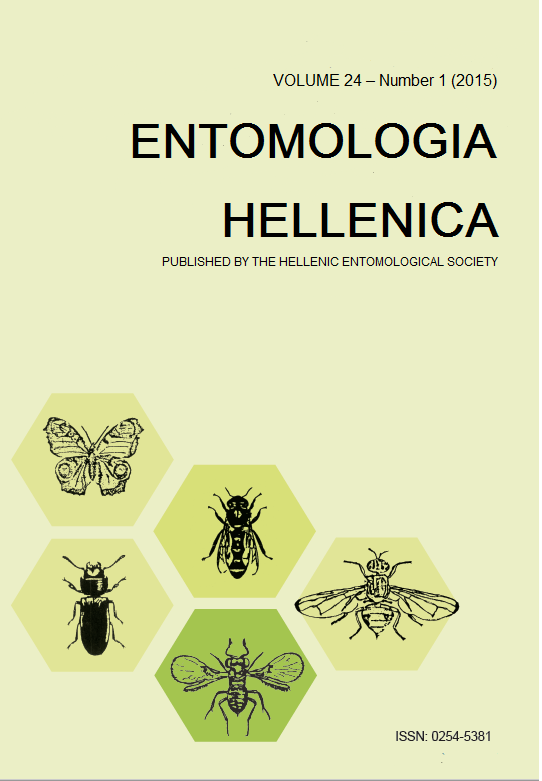Varietal performance of cabbage on the incidence of flea beetles (Phyllotreta spp.)

Abstract
A study was conducted at the Sher-e-Bangla Agricultural University, Bangladesh, during September 2007 to February 2008 to evaluate the varietal performance of cabbage on the incidence of flea beetles [Phyllotreta spp., (Coleoptera: Chrysomelidae)]. The experiment was laid out in a Randomized Complete Block Design comprising seven varieties viz. V1: BARI badhakopi-1/Provati, V2: BARI badhakopi-2/Agrodot, V3: Atlas-70, V4: Autumn queen, V5: Tropical queen, V6: T-776 and V7: Seisho YR. Among the different varieties of cabbage V5 (Tropical queen) performed as the best variety in terms of the lowest incidence of flea beetles (0.00 larvae/plant), lowest percent of leaves infestation (0.87 %) as well as plant infestation (2 %) caused by flea beetles. These findings will be valuable for the most appropriate management of flea beetles.
Article Details
- How to Cite
-
Islam, M. R., Ali, M. R., Ahmed, W. R., Rahman, M. M., & Hira, H. (2015). Varietal performance of cabbage on the incidence of flea beetles (Phyllotreta spp.). ENTOMOLOGIA HELLENICA, 24(1), 1–10. https://doi.org/10.12681/eh.11540
- Issue
- Vol. 24 No. 1 (2015)
- Section
- Articles

This work is licensed under a Creative Commons Attribution-NonCommercial-ShareAlike 4.0 International License.
Authors who publish with this journal agree to the following terms:
Authors retain copyright and grant the journal right of first publication with the work simultaneously licensed under a Creative Commons 4.0 license.
Authors are able to enter into separate, additional contractual arrangements for the non-exclusive distribution of the journal's published version of the work (e.g. post it to an institutional repository or publish it in a book), with an acknowledgement of its initial publication in this journal. Authors are permitted and encouraged to post their work online (preferably in institutional repositories or on their website) prior to and during the submission process, as it can lead to productive exchanges, as well as earlier and greater citation of published work.


